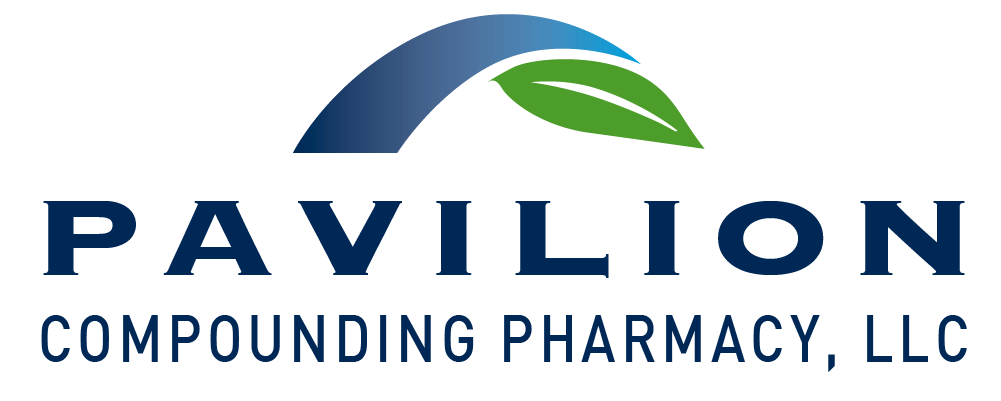Microneedling is a treatment for a number of dermatological conditions, such as wrinkles, acne scars, stretch marks and large pore size as well as skin rejuvenation. It involves very fine needles being rolled over the skin to create “micro-injuries.” These micro-injuries stimulate the healing process and the production of collagen and elastin. Due to the channels created from the needles, it is also used to augment drug delivery through the skin. There are many different instruments used, but the general design involves a drum-shaped device with rows of needles. The result is smoother, firmer and younger-looking skin. It is typically suggested that the patient receive a series of treatments usually at one-month intervals for a total of four to six treatments.
HOW IS IT PERFORMED? Microneedling is typically performed in a dermatologist’s or aesthetician’s office, although there are at-home devices available. The use of a topical numbing cream will allow the patient to be more comfortable with this procedure. There are multiple ways the numbing cream can be applied. The numbing compound can be applied 30-60 minutes before the procedure starts or after a light “rolling” with the microneedling device. The advantage of applying the cream after a light rolling is that the medication can be delivered through the holes and will have a faster onset for the patient. In addition, serums and creams containing different medications such as hyaluronic acid, ascorbic acid, beta-glucan and niacinamide may be used to enhance the treatment and healing process. Because this procedure keeps the epidermis intact, the recovery process is very quick, and within a few hours, the small holes are closing up and the healing process has started. The side effects are very minimal and typically are limited to mild redness, irritation and inflammation, which dissipate over 24 hours.
How Can Pavilion Compounding Pharmacy Help?
Topical Numbing Creams
• Benzocaine/Lidocaine/Tetracaine Topical creams- Our Pharmacists have developed formulas to meet the specific needs of our providers and patients. See our blog post here regarding our various formulas.
Topicals for Use During and Post-Procedure
Hyaluronic acid is the mainstay for use with microneedling. However, many physicians combine the hyaluronic acid with other chemicals, such as ascorbic acid. In addition, a topical cream or serum is applied immediately after treatment to increase absorption of the medications through the epidermis and to decrease redness and inflammation that can occur post-procedure. After the initial application, it is used daily to continue to provide therapeutic benefit.
Possible Compounds could include:
• Hyaluronic Acid – decreases redness, increases moisture, “plumps” the skin
• Ascorbic Acid – anti-inflammatory, antioxidant, decreases hyperpigmentation when used during procedure
• Niacinamide – anti-wrinkle, anti-inflammatory, increases moisture
• Beta Glucan (1,3) NQ – anti-inflammatory, increases moisture, aids in healing
PracaSil™-Plus or Biopeptide Biocosmetic™ base are both excellent options to use as bases for these formulas. PracaSil-Plus has a proprietary blend of ingredients including silicones and pracaxi oil, which provide long-lasting moisturization, promote fhealing and reduce water loss. Biopeptide Biocosmetic base contains palmitoyl tripeptide-3 and palmitoyl pentapeptide-3, making it an ideal base in formulations for patients who wish to diminish wrinkles. Here are some other affordable formulas with potential for use with microneedling:
• Sodium Hyaluronate 1% Topical Gel
• Sodium Hyaluronate 2% Topical Gel
• Niacinamide 5%/Ascorbic Acid 2.5% Topical Serum
• Sodium Hyaluronate 0.75%/Ascorbic Acid 5% Topical Serum
• Sodium Hyaluronate 0.75%/Ascorbic Acid 10% Topical Serum
• Hyaluronic Acid 0.5%/Ascorbic Acid 5%/Beta Glucan 0.5% Topical Biopeptide Cream
REFERENCES Chiang, Y.Z., Al-Niaimi, F., & Madan, V. (2015). Comparative efficacy and patient preference fo topical anaesthetics in dermatological laser treatments and skin microneedling. Journal of Cutaneous and Aesthetic Surgery, 8(3), 143-146. doi:10.4103/0974-2077.167270 Cohen, B.E., & Elbuluk, N. (2016). Microneedling in skin of color: A review of uses and efficacy. Journal of the American Academy of Dermatology, 74(2), 348-355. doi:10.1016/j.jaad.2015.09.024 El-Domyati, M., Barakat, M., Awad, S., Medhat, W., El-Fakahany, H., & Farag, H. (2015). Microneedling therapy for atrophic acne scars: An objective evaluation. Journal of Clinical and Aesthetic Dermatology, 8(7), 36-42. El-Fakahany, H., Medhat, W., Abdallah, F., Abdel-Raouf, H., & Abdelhakeem, M. (2016). Fractional microneedling: A novel method for enhancement of topical anesthesia before skin aesthetic procedures. Dermatologic Surgery, 42(1), 50-55. doi:10.1097/ DSS.0000000000000580 Gehring, W. (2004). Nicotonic acid/niacinamide and the skin. Journal of Cosmetic Dermatology, 3(2), 88-93. Microneedling: What You Can Offer By Ranel A. Larsen, PharmD, RPh, PCCA Pharmacy Consultant



